In addition to the free activities and sights below, you can also save on transport by investing in a T10 travel card, which allows you 10 journeys within the city on any form of public transport.
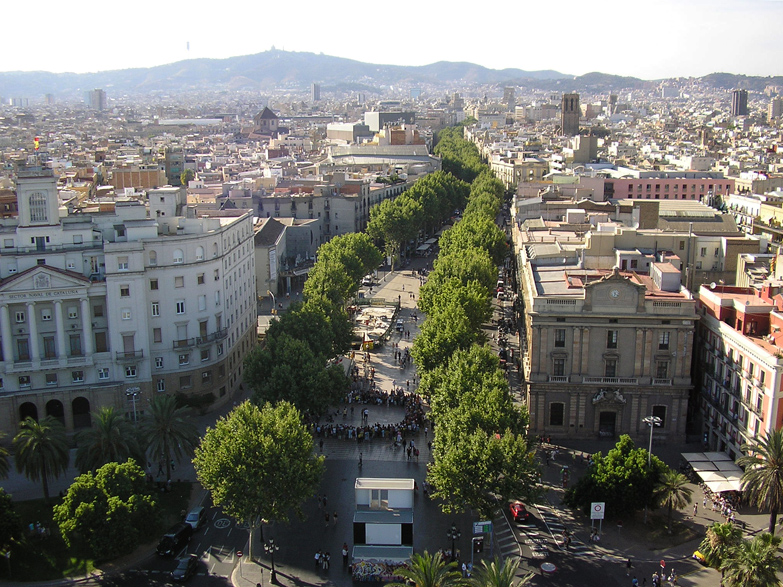
All the city-run museums (including the Museu Picasso, MUHBA and MNAC) are free on Sunday afternoons, from 3pm to 8pm. Others are also free on one given day of the month, often the first Wednesday or Sunday – check individual websites for details.
If you’re here late September don’t miss the five-day Festes de la Mercè, which brings the city to life with free concerts, dancing, fireworks, acrobatic feats and lively correfocs (colourful parades of drums, devils and firecrackers). Or try the summer extravaganza Festa Major de Gràcia, best known for its competition of decorated streets, but with a packed programme of free outdoor concerts.
It’s unashamedly touristy, but ambling along this 1km-long walkway is arguably the quintessential Barcelona experience. Lined with regal historical buildings, La Rambla is a great place to stroll, particularly if you time it right – early morning is best.
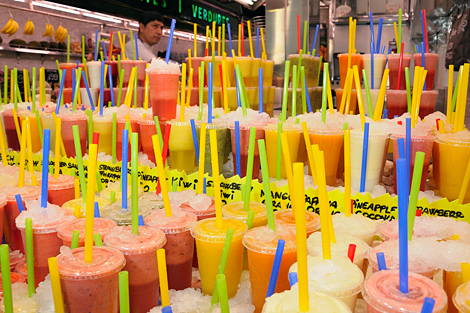
This famous indoor market hall is a colourful explosion of fruit, vegetables, seafood, rows and rows of cured jamón and some mind-boggling butchers’ displays. There are tapas bars, pizza stalls and all manner of produce you can try before you buy.
While many of Barcelona’s architectural gems have admission fees to see the interiors, the arguably more impressive facades can be seen for free. The mind-blowing workmanship of Gaudí’s magnum opus, the cathedral-like La Sagrada Família, for example, or the three stunning examples of Modernisme that sit side-by-side on the Passeig de Gràcia – the Casa Lleó Morera, the Casa Amatller and Gaudí’s Casa Batlló.
Barcelona has some wonderful beaches perfect for resting aching feet after days of sightseeing. Barceloneta is the most popular, with its lovely sweep of golden sand and promenade backed with restaurants. For something less crowded, walk further north towards the Fòrum area.
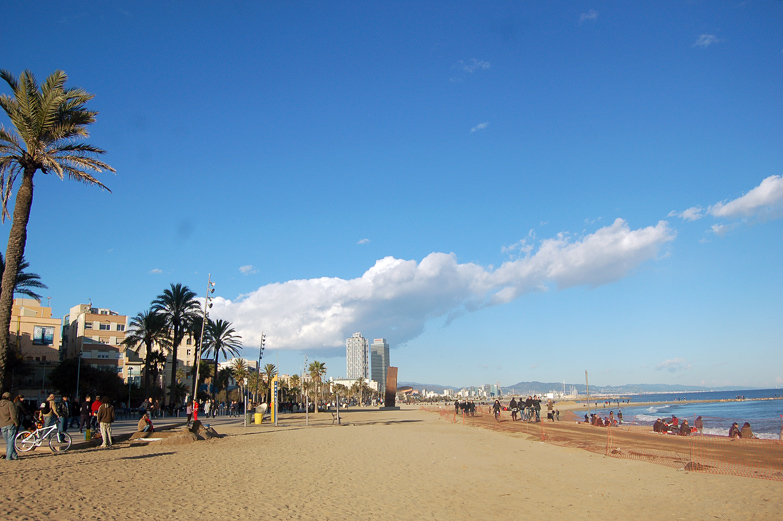
The definitive collection of Barcelona’s favourite homegrown artist at Fundació Joan Miró is worth forking out for, but there are fantastic Miró sculptures around the city for free viewing. Parc de Joan Miró is home to his epic 22m-tall Woman and Bird sculpture covered in primary coloured glazed tiles and rising dramatically from a sparkling pool. There’s also a Miró mosaic in the central walkway of La Rambla and another displayed unexpectedly on the outside wall of Terminal 2 at the airport.
One of Barcelona’s newer attractions is the Born Centre Cultural, a dazzlingly converted former market building that has as its centrepiece remains of some of the hundreds of buildings razed to the ground by the forces of Philip V after the siege of 1714. For most Catalans the event marks the starting point of the desire for separation. It’s an emotionally charged place.
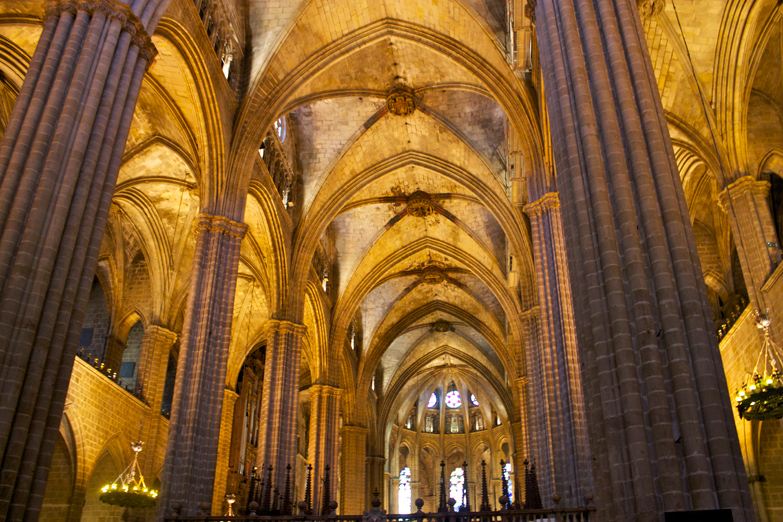
In the heart of Barri Gòtic, the colossal neo-Gothic La Catedral is as impressive outside as it is within. Free entry in the morning and late afternoon makes it worth venturing inside to take in its soaring domed ceilings, pillars and cloister with courtyard of palms, orange trees and resident gaggle of white geese.
There’s always some sort of free cultural event going on around town, whether it’s jazz in the park, a poetry reading or a kids' workshop. Visit For Free for information on upcoming events.
Get lost in a warren of cobblestone alleyways lined with bars and quirky shops and dotted with quiet little plaças, in the atmospheric medieval quarter of Barri Gòtic. Eventually you’ll almost certainly surface on La Rambla, or the Via Laietana, which flanks the area on the other side.
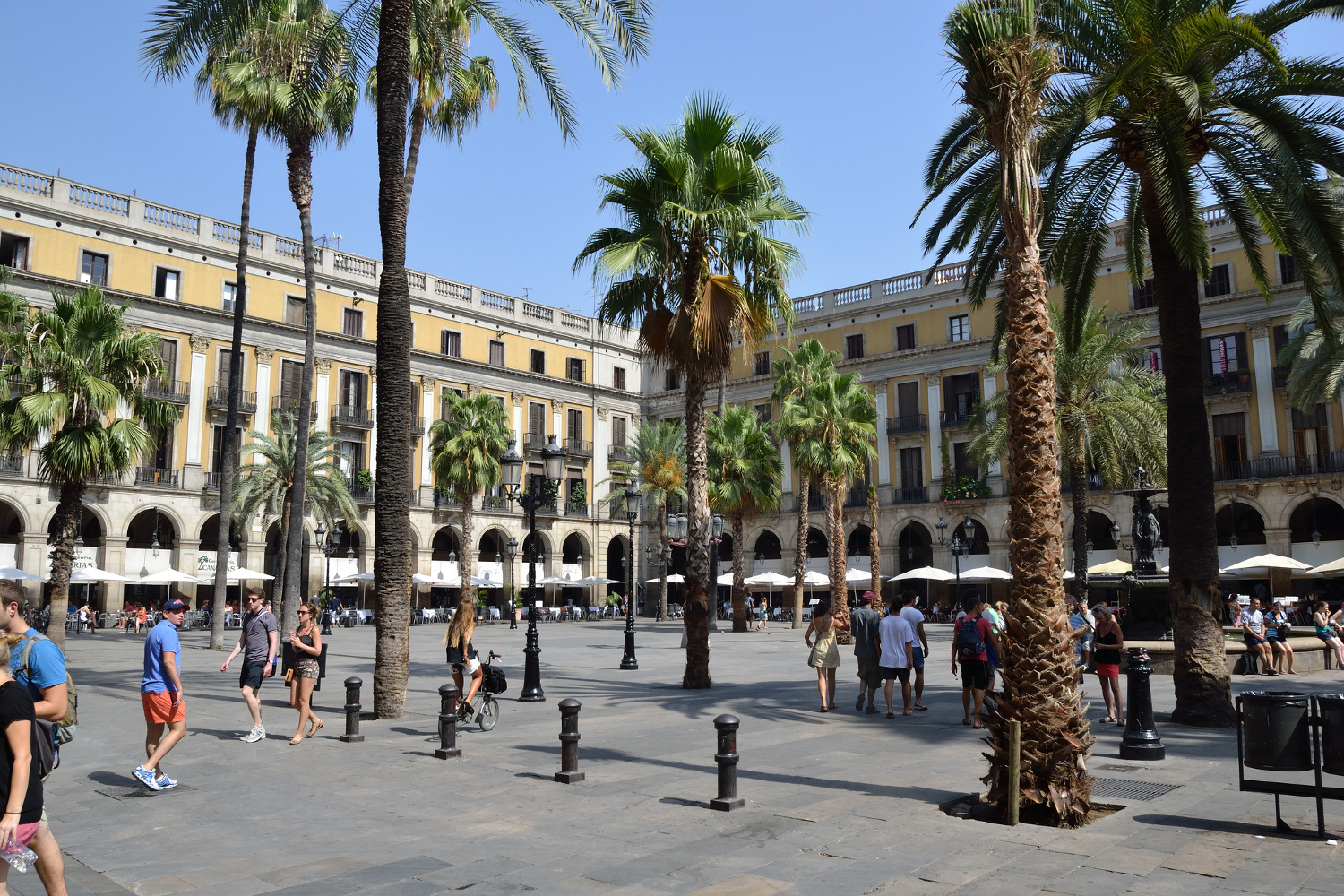
At this arcaded plaça, reminiscent of a more modest version of St Mark’s Square in Venice, look out for Gaudí’s first piece of commissioned work for the city – lamp-posts featuring coiled dragon-headed serpents leading up to a winged helmet.
It lacks the historic impact of the neighbouring Barri Gòtic, but the network of lively streets around El Raval is home to an eclectic cast of characters including artists, backpackers, punks, students and more. There are plenty of cool bars and vintage clothing stores, not to mention the colossal MACBA (Museu d’Art Contemporani de Barcelona; as impressive from outside as within).
Built for Barcelona’s 1929 World Exposition, this water-, sound- and lightshow has been drawing tourists ever since. Sure, the Magic Fountain borders on the kitsch side – but what’s not to love about jets of multicoloured water rising in sync to cheesy 1980s numbers and show-tunes?
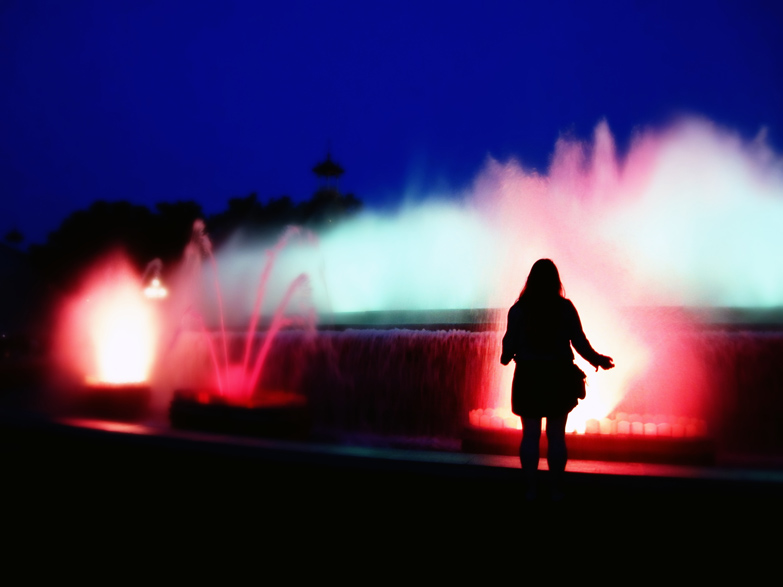
Barcelona’s graffiti artists are a proud bunch and you’ll find some great examples of their work around town, particularly in El Raval and Poblenou. The city also has a long tradition of street art and sculpture. Some better-known examples include Peix, a giant fish sculpture designed by Frank Gehry overlooking the beach; Roy Lichtenstein’s 15m-high Barcelona Head at the Port Vell; Catalan artist Antoni Tàpies’ Monument Homage to Picasso on the Passeig de Picasso; and Fernando Botero’s enormous cat on the Rambla del Raval.
The revamped (and relocated, just slightly, to a gleaming new home next to the Design Museum) Encants flea market has an intriguing mix of trash and treasure. While it’s not without its fair share of odd shoes and outdated electronic devices, there are enough random oddities to make it worthwhile. A new addition is a surprisingly gourmet food court up on the first floor.
Joggers can hit the boardwalks along the beach, while hikers can head to the hills surrounding the city and skaters can hang with their people outside MACBA. If you fancy a game of ping pong, however, you’ll find stone tables in most parks and if boules is your thing, there are pétanque courts all over town.
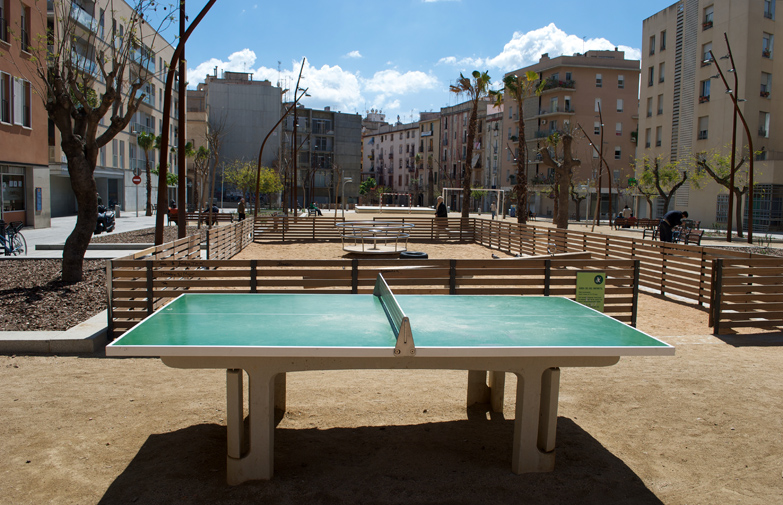
As well as the countless bars and cafes that offer it, city-wide free wi-fi is becoming a reality and should spread to include public transport in 2015. Public libraries also have computers you can use for free (for a maximum of 30 minutes).